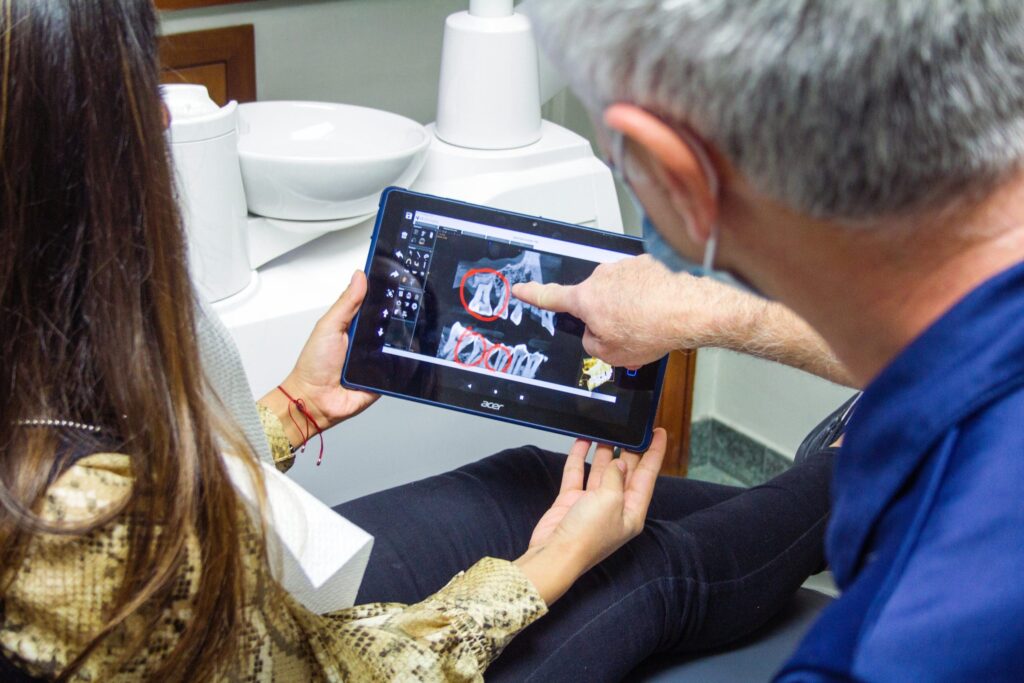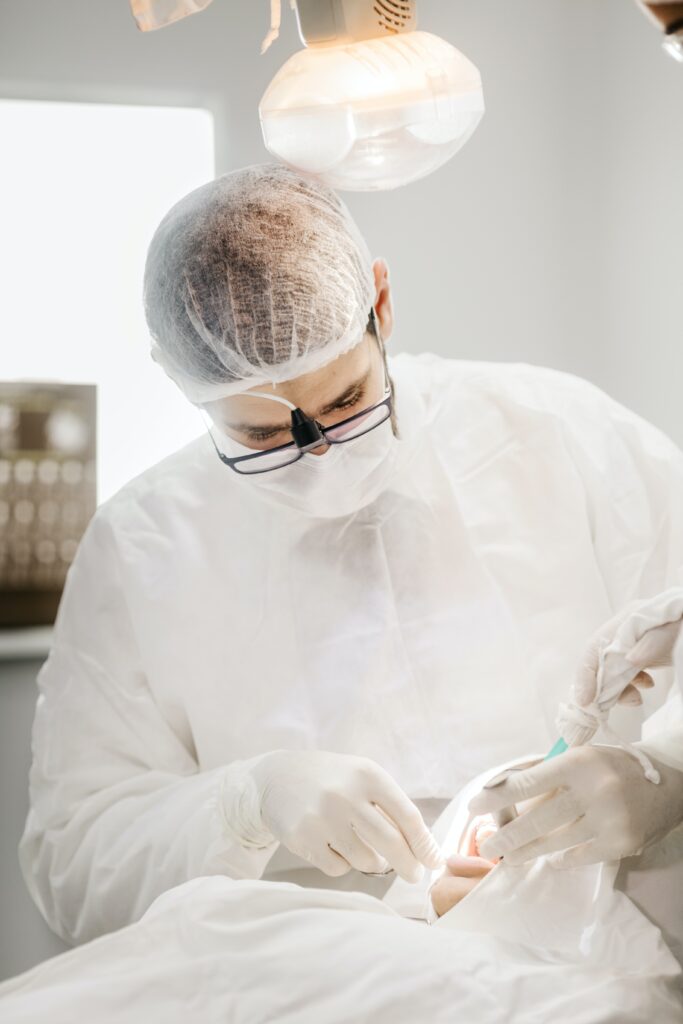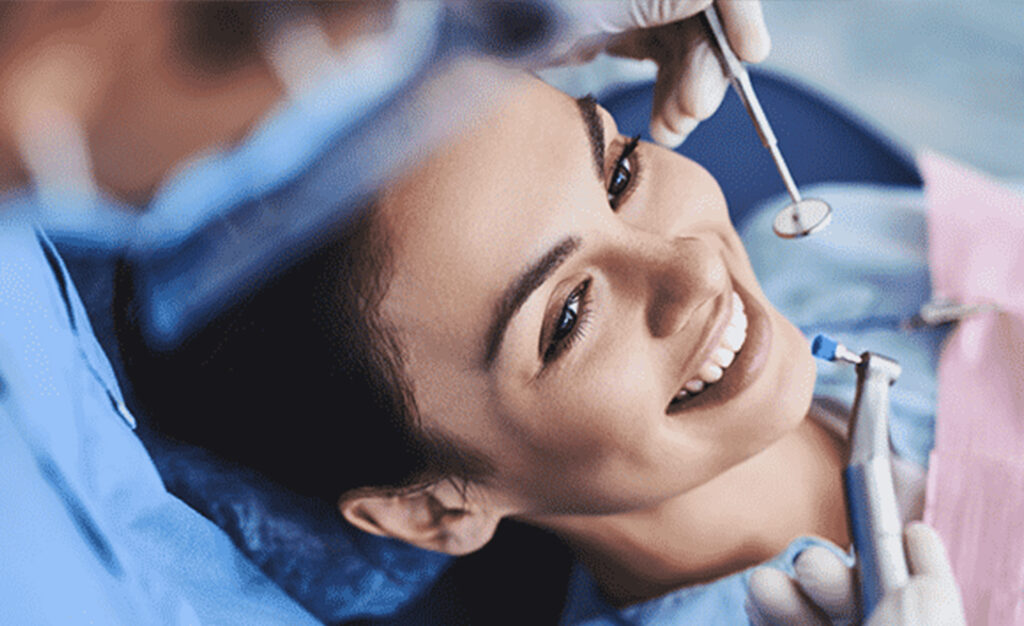
The dental development journey is marked by milestones that evoke excitement for many, such as the shedding of baby teeth to make way for the emergence of adult ones. However, for teenagers and young adults, the narrative takes a different turn as they encounter the phenomenon of wisdom teeth.
Unlike the joy of earlier dental transitions, the emergence of these third molars often brings challenges. Overcrowding and misaligned growth angles frequently lead to discomfort and potential dental complications. This predicament has driven many individuals to undergo wisdom tooth extraction in Redwood City each year.
What are Wisdom Teeth?
Wisdom teeth, scientifically known as third molars, are an additional set of large grinding teeth that emerge at the back of the mouth, both on the upper and lower jaw. This typically occurs during a person’s late teenage years or early twenties (15 – 20 years), a phase that coincides with a greater level of maturity – hence the term “wisdom teeth.”
These teeth have garnered attention due to the potential oral health issues they can introduce. Given their location at the back of the mouth and the relatively limited space available, they often struggle to emerge fully and properly align with the existing teeth. This misalignment can lead to problems such as overcrowding, impaction (when a tooth doesn’t fully emerge), and even pain. As a result, many dentists in Redwood City advocate for their removal during the early stages of adulthood.
Signs Your Wisdom Teeth Needs Removal
Pain
If you find yourself grappling with discomfort in the back of your mouth, the cause could be your wisdom teeth. Occasionally, this discomfort arises from the gradual eruption of your wisdom tooth. The pain might be intermittent, waxing and waning until the tooth is fully exposed above the gumline.
Additionally, wisdom teeth often present a notable challenge when it comes to maintenance. Positioned at the back of the mouth, they are considerably more difficult to clean, rendering them vulnerable to potential infection and the development of cavities.
Bleeding and Inflammation
The eruption of wisdom teeth can also lead to inflammation and mild bleeding. You might observe that your gums take on a slightly redder tone and exhibit a hint of swelling, potentially causing discomfort during brushing or eating. Should you notice a faintly pinkish tint to your saliva, this often serves as an indicator of minor bleeding, and you should see a top dentist in Redwood City immediately.
Jaw Issues
Due to their location near the temporomandibular joint (TMJ) at the back of the mouth, wisdom teeth can also trigger discomfort beyond the oral cavity. It’s relatively common to experience headaches, earaches, and sensations of stiffness or discomfort in the jaw, particularly while speaking or chewing. If you encounter these symptoms, schedule a dental appointment with your dentist. The root cause could be your wisdom teeth exerting excessive pressure on your jaw, warranting timely attention.
Tooth Alignment Issues
An often observed sign of the emergence of wisdom teeth is overcrowding. Even if there isn’t sufficient space within the mouth for wisdom teeth to surface, they persist in attempting to break through the jaw. This determination can lead to adjacent teeth being pushed closer together, ultimately causing alignment issues.
Obviously, some discomfort will arise as your teeth try to adjust and accommodate the incoming wisdom teeth. The most effective solution to prevent this misalignment is removing troublesome wisdom teeth.
In certain scenarios, your Redwood City dentist can predict potential alignment problems even before the wisdom teeth start emerging and can extract them as a preventative measure.
Unexplained Sinus Problems
While it might seem odd, the connection between your teeth and sinus function is noteworthy. When wisdom teeth develop in the upper jaw, they can cause irritation to the sinuses. This occurs when the upper wisdom teeth exert pressure and friction against the sensitive sinus areas, giving rise to recurrent sinus issues.
Common symptoms include sinus headaches, sinus congestion, and a sensation of sinus pressure. If sinus issues persist, get your mouth examined by your Redwood City dentist.
Oral Cysts
The concept of cysts might be puzzling. Essentially, they are small sacs containing fluid that can develop on the jawbone or along the gum line. When wisdom teeth emerge, their impaction can trigger the formation of oral cysts surrounding them.
Pain along the jaw or gum line is a telltale indicator of these cysts. They might not be easily detectable or visible, often growing beneath the skin or occasionally becoming visible at the back of the mouth.
Timely attention to any form of mouth discomfort is crucial, as an untreated oral cyst can potentially escalate into an infection affecting the jawbone or gum line.
Halitosis Concerns
Irrespective of your perfect oral hygiene practices, the emergence of wisdom teeth can give rise to episodes of bad breath. The reason behind this phenomenon lies in the challenging-to-reach locations at the back of the mouth where these teeth grow. As a consequence, bacteria tend to accumulate and thrive in these regions, leading to the onset of bad breath.
While your efforts to thoroughly clean the back of your mouth are commendable, eliminating all bacteria that accumulate when wisdom teeth come in is often impractical.
Need Wisdom Teeth Extraction in Redwood City?
Should you recognize any of the above signs, it might be time to consider wisdom tooth extraction. Reach out to your dentist in Redwood City at your earliest convenience. They will assess whether you need wisdom teeth removal and gladly address any questions or concerns you might have. Wisdom tooth extraction is an outpatient procedure conducted under local anesthesia, and patients usually recover within a few days.




